Did you ever look at an art piece and thought “I could do that?” If yes congrats, you were probably looking at contemporary art. The funny part is that; if you try to do it you won’t probably be able to do it. And even if you are, no one would buy it or even call it art. So what is actually contemporary art?
When people tell me that they don’t understand contemporary art I always get surprised. After all Contemporary art refers to the art produced from the late 20th until nowadays, that is produced by living artists. But how we actually define contemporary art? Does something stop being contemporary when the artist dies? The fact is, there isn’t a hard and fast rule here.
Contemporary Art History
The notion of ‘contemporary’ art dates back to the 1930s when modern art was first defined as a movement. Just like that, much avant-garde ‘ modern’ art that had broken with tradition ceased to be ‘contemporary’.
But how far back does it reach? Historians tend to agree that a significant break point occurred in the 1960s and 1970s. With Pop Art, Minimalism and Performance with the help of new media exploded all at the same time. Artists could now use new materials to express themselves, and the result of this mix didn’t need to be ‘pretty’. Among the most stunning features of contemporary art was its extensive use of ‘theory’. A term frequently used as a talisman to ward off searching questions about artistic intention, reference and meaning.
Once Contemporary art alludes to the ‘art of today’ let’s have a look at the major movements. This will help you to know a contemporary art piece as soon as you see it.
Contemporary Art Major Movements
Abstract Expressionism
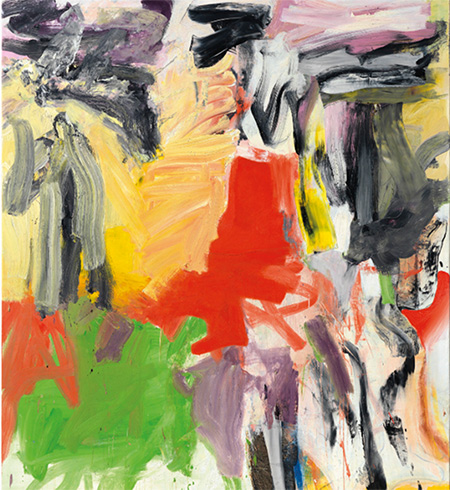
Many people consider Abstract expressionism modern art. Therefore, this movement was actually a kind of mini-turning point in the transition between modern and contemporary art. Auction houses as Christies and Sotheby’s include abstract expressionism works into contemporary art auctions.
The name Abstract expressionism was first used in connection with Kadinsky’s abstract paintings of the 1920s. It indicates the movement’s interest in personal expression as opposed to the dominant geometric abstraction descendant from Constructivism. Abstract Expressionism was broken into two tendencies: Gestural Abstraction(or Action Painting) and Color Field Painting. While the 1st emphasised the energy of the painter’s mark, the second focused on the creation of a vast, seemingly floating areas of color. The movement quickly won acceptance and placed American art on a footing. Major Abstract expressionists include Willem de Kooning, Jackson Pollock, Joan Mitchell, Franz Kline.
Neo – Expressionism
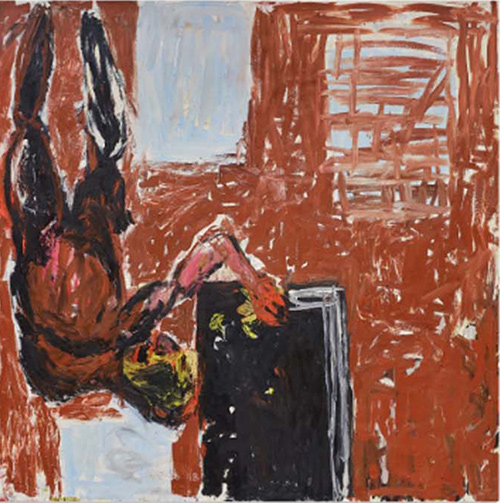
A label first used in the early 1980s to describe the work of narrative-based Expressionist painters. Those artists were working principally in Germany reacting against the banalities of conceptualism and the impersonality of minimalism. Neo-Expressionists saw a return to the traditional concerns of history painting, representing narratives through the format of easel painting.
Anselm Kiefer, for example, treated his country’s recent past in to the Unknown painter 1983. A commentary on the tragedy of the Nazi period. Georg Baselitz seems to comment on the human condition in figurative paintings once he represents people upside down. Rejecting the purist concerns of high Modernism, Neo – expressionism contributed to the development of a new agenda represented by Post-modernism. Leading Neo-Expressionists include Francesco Clemente, Jorg Immendorf, Julian Schnabel and Basquiat.
Pop Art
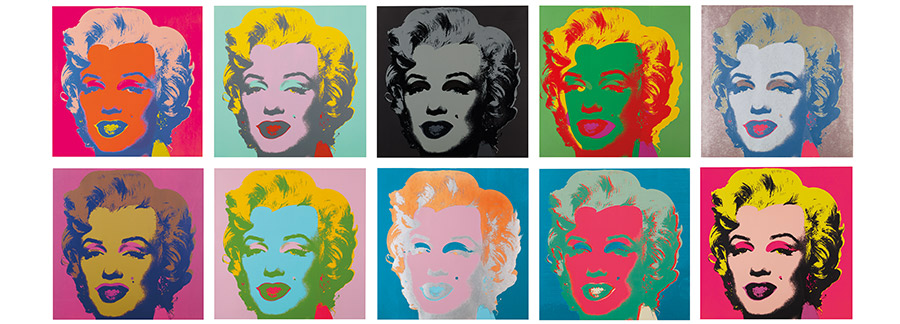
Pop Art flourished from the 1950’s through to the 1970’s primarly in the UK and the USA. It found its imagery and many of its techniques from the realms of advertising, consumer packaging and popular culture. The name ‘Pop’, coined in 1958 by the critic Lawrence Alloway. It Refers to the technique used and to the audience anticipated by these artists. In the first instance, Pop art was an attempt to break with conventional notions of art. Rejecting distinction between high and low art that had in no way been challenged by the Abstract Expressionists.
As well as questioning many of the accepted norms of fine art, Pop art also explored the nature of representation. Some Pop artists seized the chance to adopt the techniques of mass production. Therefore others perversely chose to imitate them by hand, as we can see on Warhol’s coke bottles. In these pieces the ‘minimal art content’ shows them to be connected to Minimalism. Leading Pop Artists include, Andy Warhol, Roy Lichtenstein, Keith Haring, Robert Indiana.
Conceptual Art
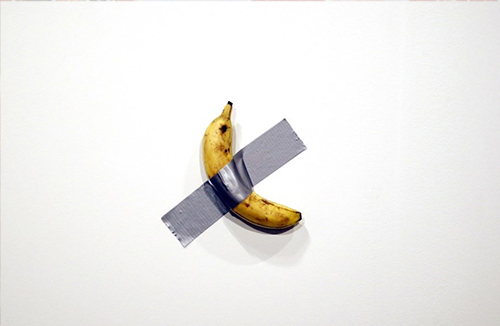
A term that gained currency in the 1960s to describe a variety of ‘new’ art forms. Here the emphasis is not on the physical presence of the art work but on its ‘ conceptual’ meaning. In practice this threw up a huge variety of activities, from Performance to Body art. These works want to explore the conventional limits of art through the use of anti-art practices. Conceptual art is often abstruse, uninterested for the most popular audience, and designed to inspire indifference. The intention is that experimenting with unorthodox art forms will turn attention away from questions of representation and imitation.
Major Conceptual artists include Piero Manzione, Damien Hirst, Ai Weiwei, Maurizio Cattelan .
Installation Art
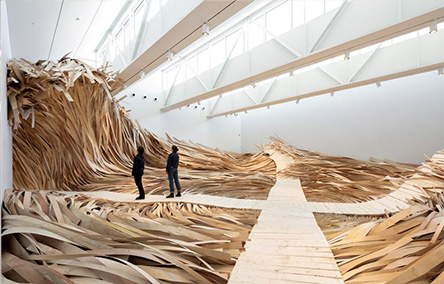
Installation art flourished in the 1970s. An installation is a site-specific art work, created for a gallery or outdoor location. Instead of the site being simply a neutral backdrop to the exhibition, as in traditional hanging, the ensemble of elements that make up the installation are arranged so as to interact with the site chosen. This medium wants to provide the beholder with the sensation of physically entering an art space.
Practioners of the genre include Joseph Beuys, Christian Boltanski, Hans Haacke and Donald Lipski.
Minimalism
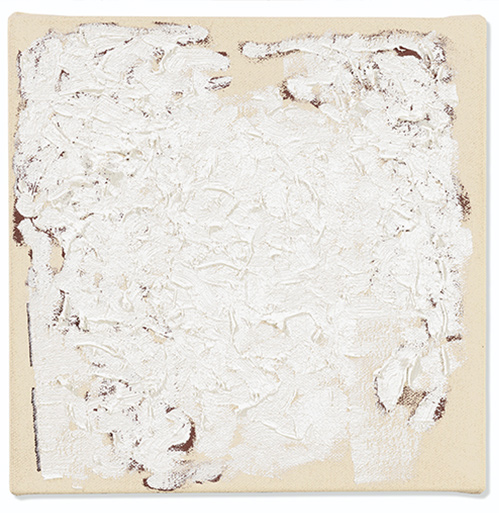
A movement that rose to prominence in the 1960s. Partly as a reaction against the gestural painting of the Abstract Expressionists. More common in sculpture than painting, Minimalism employed elemental geometric shapes. In the 1960s Minimalism eschewed representation and narrative in favor of representing, in the first instance itself.
Unlike the techniques of the Abstract Expressionists, Minimalist artists embraced the impersonality of industrial production as main form. In painting Minimalism is characterised by rejection of gestural painting and an emphasis on abstraction..
The apparent simplicity of Minimalist art hides the complexity of its intellectual structure. While the work may exhibit a ‘minimal art content’Minimalism challenges the beholder to experience a layered and complex aesthetic response. In this way an art work with minimal content demands of the beholder a maximal responde. Minimalism is often seen, as a difficult and intractable movement. Practitioners of the genre include Robert Ryman, Donald Judd, and Frank Stella.
Photorealism
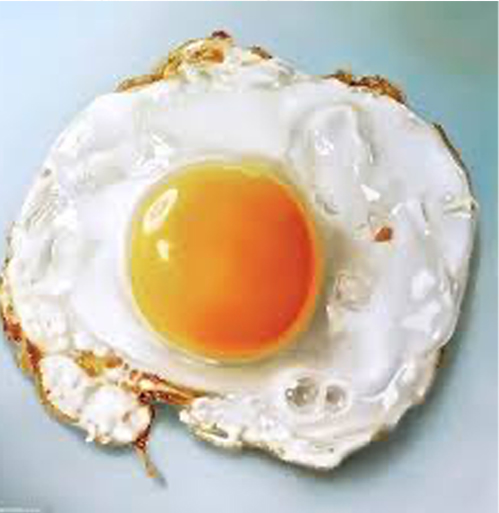
Also known as hyperrealism and Superrealism, the movement flourished in the 1970’s, especially in the USA. Photorealist artists, working large-format in acrylics, made paintings that resembled photographs, especially of the snapshot kind. They employ techniques that imitated the effects of amateur photography, such as informal compositions and banal subject-matter. Leading exponents of the style include Malcom Morley, Richard Estes and Chuck Close.
Performance Art
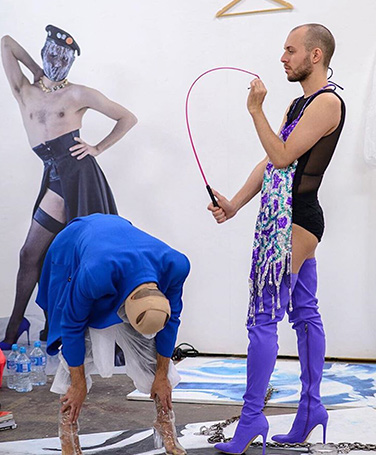
A term describing the presentation of an event that may include music, poetry and dance. Moreover painting, sculpture, film and video can also be included. The context is usually theatrical in the sense that the performance takes place in front of an audience.
Most Performance artists will insist that it is not theatre but an event. An event where the ‘action’ takes place in real time and with ‘real’ content. There was a strong element of Performance art in the manifestations of the Futurists and Dadaists. This social dimension was continued in such early expressions of Performance art as the Action painting of Yves Klein. Those paintings where created in front of an audience, by dragging naked women covered in paint over a canvas.
In conclusion, performance art is an aspect of conceptual art. It embraces the view that what matters is not the physical art object but the idea that lies behind it. Practioners of the genre include Marina Abramovic, Frank Uwe Laysiepen, known professionally as Ulay, Carolee Schneemann and Yayoi Kusama.
Conclusion
Even if contemporary art doesn’t have a specific definition, it’s easier to understanding it visually. Art knowledge is also practised by training our eyes. Here are some main points that will help you to understand contemporary art like a pro.
- Contemporary art refers to the art produced from the late 20th until nowadays.
- Every art was once ‘contemporary’
- The notion of ‘contemporary’ art dates back to the 1930s but the break point occurred in the 1960s and 1970s
- The meaning behind a contemporary art piece is more important than the technique
- What to know more about the best and most expensive contemporary art pieces? Then check our articles about the best lots sold on Christies and Sotheby’s contemporary art auctions.


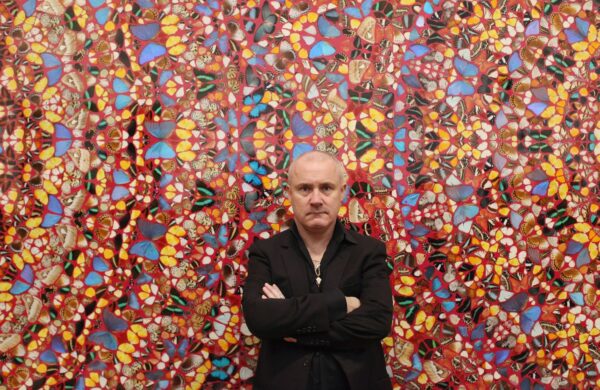


Comments (03)